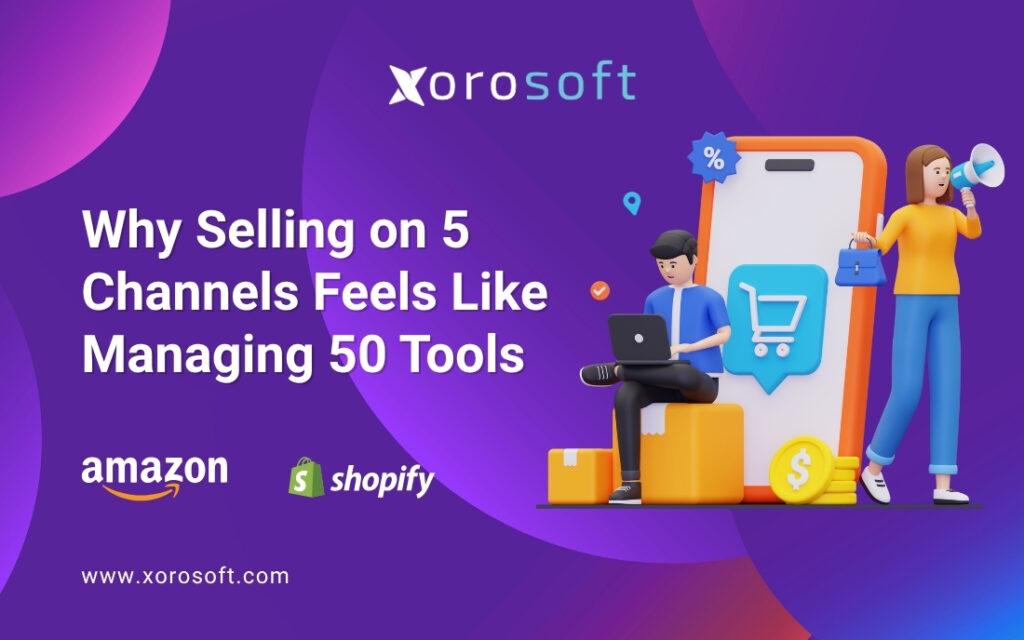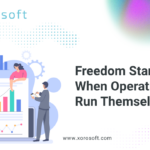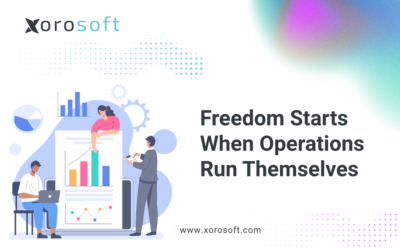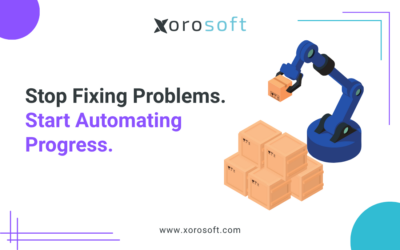
Managing Multiple Sales Channels? You Need Multichannel ERP Software
Multichannel ERP software is no longer optional—it’s the backbone of any business selling across multiple platforms. As your company grows beyond a single channel like Shopify or Amazon, complexity snowballs fast. In contrast, suddenly you’re dealing with scattered inventory systems, disconnected shipping tools, inconsistent data between marketplaces, and accounting headaches that take days to reconcile. Consequently, what felt like momentum quickly turns into operational chaos.
As a result, without a centralized system, your team is stuck juggling spreadsheets, copying orders manually, chasing stock discrepancies, and trying to hold it all together across five different platforms. For example, that’s why fast-scaling businesses are moving away from patchwork solutions and investing in a unified platform that can manage everything—from inventory and fulfillment to procurement and accounting—with real-time visibility and automation.
The Real Cost of Disconnected Systems
To begin with, let’s look at what most businesses use:
-
Shopify for D2C
-
Amazon or Walmart for marketplace orders
-
QuickBooks for accounting
-
A separate WMS
-
Spreadsheets to plug the holes
Even though these systems may work individually, they rarely integrate well. Therefore, your team ends up doing the work twice—or even three times. As a result, inventory numbers don’t match. To make matters worse, fulfillment is delayed. Eventually, customers get frustrated. Meanwhile, your team is burned out.
More importantly, the lack of visibility forces you to react instead of plan. However, this doesn’t have to be the case. In fact, you can run your business smarter. That’s why multichannel ERP software is now the smarter choice.
Why These Problems Happen Again and Again
The core issue is this: disconnected systems don’t scale.
Each time you add a new app or platform, you’re really adding a new silo. Because of this, your operations team has no unified view. For example, accounting works from QuickBooks, while inventory lives in Excel. Meanwhile, customer service is emailing warehouses to check stock. Additionally, none of this is happening in real-time.
Although you may try to bridge these gaps with manual processes, they introduce more risk and errors. And let’s be honest—manual work isn’t scalable. Thankfully, there’s a better path forward.
A Better Way: Centralized Multichannel ERP Software
Instead of juggling disconnected systems, businesses today are adopting multichannel ERP software to manage all operations under one roof.
This single platform does what multiple tools cannot:
-
It updates inventory in real time
-
It syncs orders across all channels automatically
-
It connects your WMS, procurement, and accounting
-
It gives everyone—from warehouse to finance—a single source of truth
Consequently, your team spends less time fixing problems and more time growing the business. Furthermore, centralization reduces risk, simplifies operations, and enables smarter decisions. That’s the power of a truly unified system.
Why Xorosoft Is the ERP Built for Multichannel Selling
Unlike traditional ERP systems that require expensive integrations or third-party bolt-ons, Xorosoft ERP was built specifically for modern, multichannel operations.
Here’s how Xorosoft solves the chaos:
-
Cloud-native and fast to deploy
-
Integrated warehouse management system (WMS)
-
Real-time sync with Shopify, Amazon, 3PLs, and EDI
-
Supports multi-currency, multi-location, and multi-channel operations
-
Unified financials and inventory
-
100+ APIs for automation across your tech stack
That’s why businesses love it:
-
Ranked #1 for Ease of Use on G2
-
Listed as a fully integrated solution on the Shopify App Store
In addition, Xorosoft offers rapid deployment and ongoing support—so you’re not left figuring it out alone.
Internal Visibility. External Simplicity.
When every team uses a different tool, communication breaks down. Fortunately, Xorosoft ERP offers a shared, real-time system that everyone can trust.
From procurement to fulfillment, finance to sales—you can finally see and manage your entire operation in one dashboard. In turn, that clarity empowers faster decisions and more accurate execution.
Because of this, you save time, reduce costs, and eliminate errors across the board.
Explore our features page
Compare pricing plans
Read customer stories
Book a personalized demo









